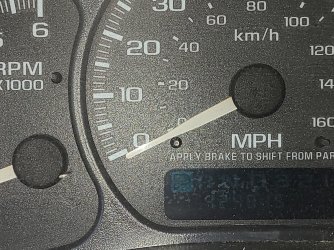Autonomous
Member
- Joined
- Feb 25, 2017
- Messages
- 1,150
- Reaction score
- 1,785
My garden tractor runs Kohler 10W-30 oil engineered for air cooled engines in a dirty environment. No catalytic converters to deal with so it has a good ZDDP package.
My outboard motor runs 10W-30 or 40 FC-W oil. FC-W is built for four stroke water cooled engines in a marine environment. As outboards run cooler than car engines and are used on the water, they have strong anti-corrosion additives. Some FC-W oils are marked catalytic compatible which means very little ZDDP. As my outboard has no catalytic converter I buy FC-W without catalytic compatibility.
My outboard motor runs 10W-30 or 40 FC-W oil. FC-W is built for four stroke water cooled engines in a marine environment. As outboards run cooler than car engines and are used on the water, they have strong anti-corrosion additives. Some FC-W oils are marked catalytic compatible which means very little ZDDP. As my outboard has no catalytic converter I buy FC-W without catalytic compatibility.
Last edited:

